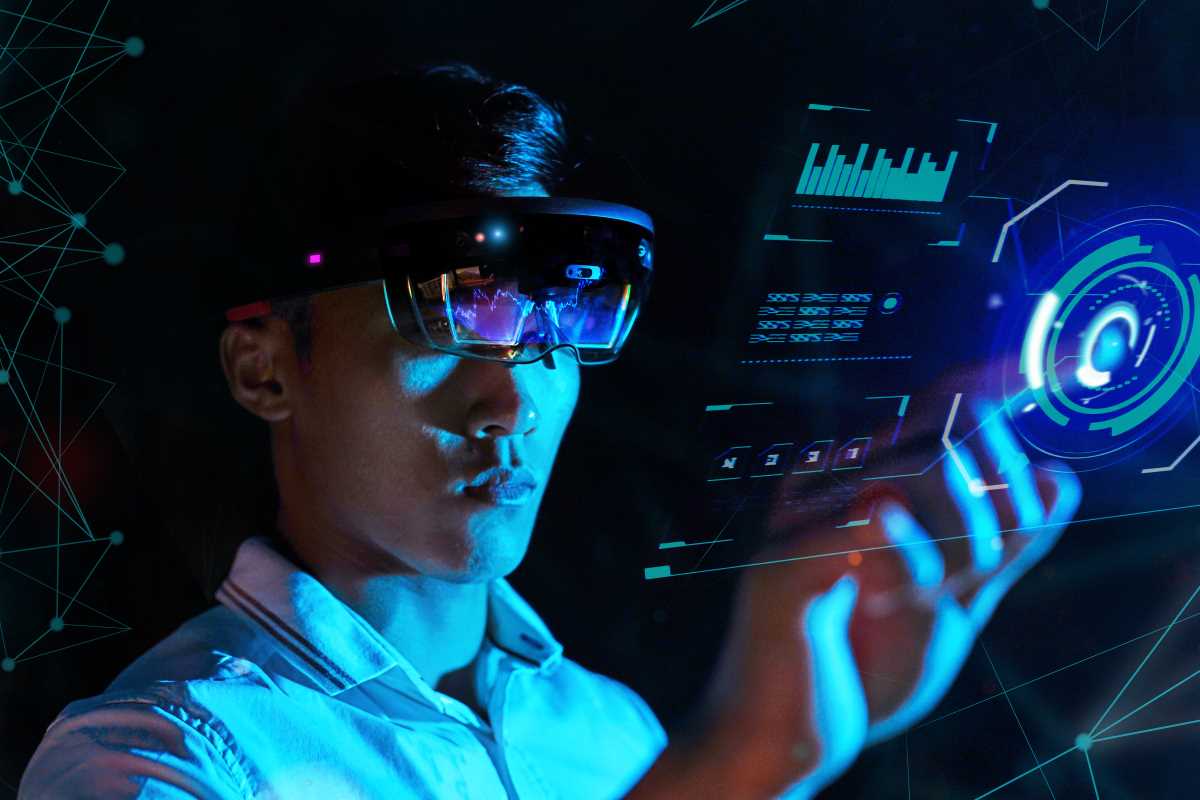For cities that endure long and harsh winters, extreme cold, heavy snowfall, and icy conditions can disrupt daily life, infrastructure, and economic activities. Managing these challenges while ensuring safety, mobility, and efficiency is no small task. However, advancements in technology are transforming how winter-affected cities operate, equipping them with innovative tools to mitigate winter’s impact and improve the quality of life for residents. From smart infrastructure to predictive analytics, technology is playing a pivotal role in helping cities adapt to severe winter conditions.
Smart Snow Management Systems
Snow accumulation is one of the most significant challenges for cities in winter. Clearing roads, sidewalks, and public spaces is crucial to maintaining mobility and safety. Technology is revolutionizing traditional snow management practices.
- Smart Snowplows and Salt Spreaders
- Modern snowplows equipped with GPS, sensors, and IoT (Internet of Things) connectivity can optimize snow removal operations. These smart plows collect data on road conditions and snowfall levels in real time, allowing city officials to prioritize high-traffic areas and adjust operations dynamically. Similarly, salt spreaders equipped with precision technology ensure the optimal distribution of de-icing materials, reducing waste and minimizing environmental impact.
- Automated Snow Melting Systems
- Cities are increasingly deploying automated snow-melting systems integrated into sidewalks, streets, and parking lots. These systems use electric or hydronic heating elements to prevent snow and ice buildup. While costly to install, they reduce the need for manual snow removal and ensure safer walkways for pedestrians.
- Drones for Snow Monitoring
- Drones equipped with thermal imaging and LiDAR technology can survey vast areas to assess snow accumulation and identify high-risk zones for avalanches or roof collapses. These insights enable authorities to act quickly, improving safety and resource allocation.
Weather Forecasting and Predictive Analytics
Accurate and timely weather forecasting is critical for cities experiencing heavy winters. Advanced technologies in meteorology and data analytics are helping cities prepare for severe weather events.
- High-Resolution Weather Models
- Improved weather models powered by AI and machine learning provide hyperlocal forecasts with greater accuracy. These models consider factors such as wind patterns, temperature variations, and precipitation trends, allowing cities to anticipate snowstorms, icy conditions, and temperature drops with precision.
- Predictive Maintenance for Infrastructure
- Predictive analytics tools help cities monitor critical infrastructure during winter. For instance, sensors embedded in bridges, roads, and buildings can detect stress caused by ice buildup or freezing temperatures. This allows for proactive maintenance and reduces the risk of structural failures.
- Automated Alerts and Communication
- Mobile apps and smart notification systems keep residents informed about impending snowstorms, school closures, or public transit delays. These systems use real-time data to provide actionable insights, improving community preparedness.
Improving Transportation Systems
Winter conditions often wreak havoc on transportation systems, leading to delays, accidents, and increased maintenance costs. Technology is enabling cities to manage winter transportation more effectively.
- Connected and Autonomous Vehicles (CAVs)
- Connected and autonomous vehicles (CAVs) are being designed to navigate safely in snowy and icy conditions. Advanced sensors, cameras, and LiDAR allow these vehicles to detect road hazards and maintain stability on slippery surfaces. CAVs can also communicate with smart infrastructure to receive updates on road conditions and optimize routes.
- Smart Traffic Management
- IoT-enabled traffic lights, road sensors, and monitoring systems improve traffic flow during winter. These systems detect icy patches or congested areas and adjust traffic signals to reduce accidents and delays. Some cities are experimenting with smart traffic lights that prioritize snowplows and emergency vehicles.
- Heated Transportation Infrastructure
- Heated bus stops and railway platforms are becoming more common in cities with harsh winters. These installations use energy-efficient heating elements to ensure passenger comfort and prevent ice formation, improving safety and accessibility for commuters.
Energy Efficiency and Resilient Utilities
Winter places additional strain on energy grids and utilities, as heating demands soar and icy conditions challenge water and power infrastructure. Technology is helping cities improve energy efficiency and ensure resilience.
- Smart Heating Systems
- Smart thermostats and energy management systems optimize heating in homes and buildings. These systems use sensors to adjust indoor temperatures based on occupancy and weather conditions, reducing energy consumption and costs.
- Microgrids and Renewable Energy
- Cities are adopting microgrids and renewable energy sources to ensure reliable power during winter storms. Solar panels equipped with snow-shedding technology and wind turbines designed for cold climates help diversify energy supplies and reduce dependence on fossil fuels.
- Smart Water Systems
- Winter often causes frozen or burst water pipes, leading to service disruptions. Smart water meters and sensors monitor pressure and flow in real time, detecting leaks or freezes early. Automated shutoff systems can prevent damage and reduce water loss.
Public Safety and Emergency Services
Safety is a top priority during winter, and technology is enhancing emergency response and hazard management in significant ways.
- Emergency Drones
- Drones are being deployed to locate stranded individuals during blizzards, deliver medical supplies, and survey areas affected by avalanches or flooding. Equipped with thermal imaging, drones can operate effectively even in low-visibility conditions.
- Smart Wearables
- Wearable devices designed for extreme weather provide real-time health monitoring for residents and outdoor workers. These devices can track body temperature, heart rate, and activity levels, sending alerts if someone is at risk of hypothermia or frostbite.
- AI-Powered Emergency Coordination
- AI-driven platforms streamline emergency response by analyzing data from multiple sources, including weather forecasts, road conditions, and incident reports. These platforms help first responders allocate resources efficiently and prioritize areas in need.







